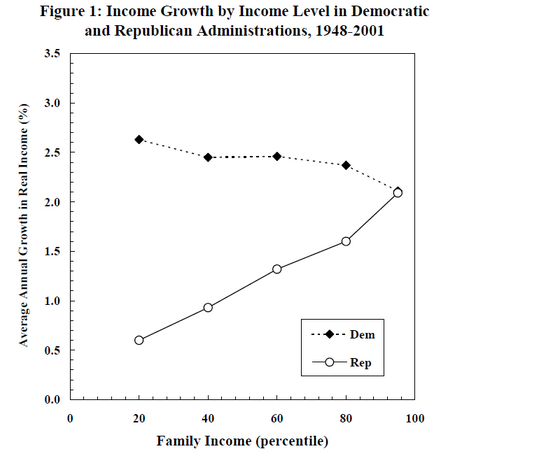Carol Cronin writes:
The new Wolfram Statistics Course Assistant App, which was released today for the iPhone, iPod touch, and iPad. Optimized for mobile devices, the Wolfram Statistics Course Assistant App helps students understand concepts such as mean, median, mode, standard deviation, probabilities, data points, random integers, random real numbers, and more.To see some examples of how you and your readers can use the app, I'd like to encourage you to check out this post on the Wolfram|Alpha Blog.
If anybody out there with an i-phone etc. wants to try this out, please let me know how it works. I'm always looking for statistics-learning tools for students. I'm not really happy with the whole "mean, median, mode" thing (see above), but if the app has good things, then an instructor could pick and choose what to recommend, I assume.
P.S. This looks better than the last Wolfram initiative we encountered.







 Click
Click




Recent Comments